Moving to Mexico offers an exciting opportunity to experience a vibrant culture, beautiful landscapes, and a lower cost of living compared to many parts of the U.S. and Canada. However, finding and securing the right rental property can be a challenging process, especially if you’re unfamiliar with local customs, regulations, and potential pitfalls. This comprehensive article will walk you through everything you need to know about renting a home in Mexico, from finding listings to understanding utility systems and navigating rental agreements.
Getting Started: Where to Look for Rentals
Finding the perfect rental in Mexico requires knowing where to look and understanding that the best listings aren’t always found through traditional channels. Here are some of the most effective ways to locate potential rentals:
Facebook Groups and Marketplace
Facebook has become one of the most popular platforms for finding rentals in Mexico. Almost every city or town with a foreigner population has dedicated Facebook groups where landlords and property managers post available rentals Facebook Marketplace also features numerous rental options, often with detailed photos and information.
Tip: Join these groups several months before your planned move to get a feel for the market, pricing, and availability in your target area.
Local Real Estate Agencies
While not as common as in the U.S. or Canada, real estate agencies in popular foreigner destinations often handle rental properties. The advantage of working with an agency is that they typically speak English and can help navigate the rental process. However, be aware that their listings may be priced higher to accommodate their commission.
Word of Mouth
The foreigner community in Mexico is generally tight-knit and helpful. Once you arrive in your chosen destination, attending meetups, visiting popular hangouts, or simply striking up conversations can lead to rental opportunities that aren’t advertised online. Many landlords prefer renting through referrals to mitigate risk.
Walking the Neighborhoods
One of the most effective methods for finding a rental in Mexico is simply walking around neighborhoods you’re interested in. Look for “Se Renta” (For Rent) signs posted on properties. This approach allows you to see the actual neighborhood and property before contacting the owner, and often leads to finding rentals that aren’t listed online.
Mexican Rental Websites
Several websites specialize in Mexican real estate and rentals:
-
- Vivanuncios: A popular Mexican property portal with extensive listings.
- Inmuebles24: Similar to Zillow, with rental and sale properties.
- Trovit: Aggregates listings from multiple sources.
- Segundamano: A classified ads site with a substantial rental section.
- Homie: Particularly useful for rentals in Mexico City.
International Listing Sites
While not always featuring the most comprehensive selection, international sites like Airbnb, VRBO, and long-term rental platforms can be a good starting point, especially for short-term rentals while you search for a permanent home.
Understanding Mexican Rental Locations
Where you choose to rent in Mexico will significantly impact your living experience, available amenities, and even rental requirements. Consider these factors when evaluating locations:
Fraccionamientos (Residential Developments)
Many middle and upper-class Mexicans and foreigners live in fraccionamientos, which are gated communities with varying levels of security and amenities. These often have additional HOA fees but provide enhanced security and sometimes shared facilities like swimming pools or gyms.
Colonias (Neighborhoods)
Each city in Mexico is divided into colonias, which can vary dramatically in terms of safety, amenities, and rental prices. Researching specific colonias in your target city is crucial before committing to a rental. Popular colonias often have higher rental prices but may offer more Western-style amenities.
Centro vs. Outskirts
City centers (centro) in Mexico are typically historical areas with colonial architecture, main plazas, and tourist attractions. While charming, they can be noisy and lack modern conveniences like parking. Areas further from the center often offer more modern homes, better parking, and possibly more reliable services, but may require transportation to reach amenities.
Urban vs. Rural
Rural properties in Mexico can offer incredible views, space, and tranquility, but often come with significant challenges regarding utilities, internet connectivity, and accessibility. Urban settings provide convenience but may lack the peaceful atmosphere many seek.
Essential Utilities to Consider
Mexican homes often have utility systems that differ significantly from those in the U.S., Canada, or Europe. Understanding these systems is crucial when evaluating potential rentals.
Internet Connectivity
Internet service varies dramatically throughout Mexico, from fiber optic connections in major cities to intermittent satellite service in remote areas. When considering a rental, especially if you plan to work remotely, thoroughly investigate internet options:
-
- Ask for speed tests: Request actual speed test results from the current tenant or landlord, not just what service they subscribe to.
- Check availability: Major providers include Telmex, Izzi, and Megacable, but not all services are available in all areas.
- Investigate reliability: Power outages during rainy season can affect internet service, even with good providers.
- Backup options: Consider whether Starlink or mobile data could serve as a backup in the area (check coverage maps for Telcel, AT&T Mexico, or Movistar).
In popular destinations, fiber optic internet is increasingly available, offering speeds comparable to those in the U.S. or Canada. However, in smaller towns or rural areas, service may be limited to DSL or wireless options with lower speeds and reliability.
Cell Service
Cell coverage in Mexico has improved dramatically in recent years but still varies by location. Telcel, owned by Carlos Slim’s América Móvil, has the most extensive network coverage throughout Mexico, making it the preferred choice for those traveling frequently around the country. AT&T Mexico and Movistar offer good coverage in cities and tourist areas but may have gaps in more remote regions.
Important consideration: Many Mexican homes are built with thick concrete walls and rebar, which can significantly reduce cell signal inside the home. When viewing properties, check your phone’s signal strength in different rooms.
Water Systems
Water management is perhaps one of the most significant differences between homes in Mexico and those in countries with more developed infrastructure. Understanding the water system of a potential rental is crucial. Most Mexican homes operate on a water storage system consisting of:
-
- Tinaco: A rooftop water tank (typically black or white plastic and usually a 1,100 liters capacity tank) that uses gravity to supply water to the home.
- Cisterna: A larger underground or ground-level storage tank that holds water from the municipal supply and can vary in sizes from 5,000 liters and upwards.
Municipal water is typically delivered to homes on a continuous schedule filling the cisterna. However, this can vary in smaller towns and more rural areas where water is delivered either during certain hours of the day or during certain days of the week. A pump then tyoically moves water from the cisterna to the tinaco as needed. This system means even when municipal water isn’t flowing, you still have water stored for daily use provided you have power.
Questions to ask about the water system:
-
- How reliable is the municipal water supply in this neighborhood?
- How large are the tinaco and cisterna (will they meet your needs between municipal deliveries, if applicable)?
- Who maintains the pump, and what happens if it fails?
- Is the water pressure adequate throughout the home or is a pressure pump needed?
- Does the property have a water filter system for drinking water?
Some newer or higher-end properties have pressurized water systems that provide consistent water pressure similar to homes in the U.S. or Canada. These typically still use storage tanks but employ pressure pumps to deliver water throughout the house.
Municipal water in Mexico is generally not considered potable. Most residents use garrafones (large jugs) of purified water for drinking and cooking. Some homes have whole-house filtration systems or under-sink filters. When evaluating a rental, consider the cost and convenience of obtaining drinking water.
Electricity
Mexican electricity is provided by the Federal Electricity Commission (CFE) and typically billed bi-monthly. CFE uses a tiered billing system:
-
- Básico: The lowest-cost tier for minimal usage.
- Intermedio: A middle tier with moderate rates.
- DAC (De Alto Consumo): The high-consumption tier with significantly higher rates.
Once your usage pushes you into the DAC category, all your electricity is billed at the higher rate, which can dramatically increase costs. This is particularly relevant in hot coastal areas where air conditioning is necessary.
Questions to ask:
-
- What tier has the property historically been billed at?
- What was the average monthly cost during high-use seasons?
- Are there energy-efficient appliances?
In some areas of Mexico, especially during rainy season, power outages are common. Ask about:
-
- How frequent are outages in the neighborhood?
- How long do they typically last?
- Does the property have a backup generator or inverter system?
Solar installations are becoming more common in Mexico as a way to offset high electricity costs and provide backup during outages. If the property has solar panels, understand:
-
- Is it a grid-tied or off-grid system?
- How much of the home’s consumption does it typically cover?
- Who is responsible for maintenance?
Gas and Cooking Fuel
Most Mexican homes use liquid propane gas (LP gas) for cooking, water heating, and sometimes clothes dryers. Understanding the gas system is important:
-
- Stationary tanks (tanques estacionarios) are permanent, larger tanks installed on the property that are refilled by a delivery truck. These typically hold 300-500 liters and require less frequent refilling.
- Cylinders (cilindros) are portable tanks (typically 20-30 kg) that are exchanged when empty. They’re less convenient but sometimes the only option in certain properties.
Questions to ask:
-
- Who is responsible for ordering gas refills?
- How often does the tank typically need refilling?
- What is the typical cost and consumption rate?
- Are there backup cylinders if the main tank runs out?
In some cities, particularly Mexico City and parts of northern Mexico, natural gas lines (gas natural) may be available. This is typically more convenient and economical than LP gas but less common.
Waste Management and Septic Systems
Waste management in Mexico varies significantly depending on location. Urban areas and many developed communities have municipal sewer systems similar to those in other countries. However, capacity and treatment quality vary widely.
Many homes, especially in rural or less developed areas, use septic systems (fosas sépticas). Understanding the septic system is crucial:
-
- When was it last emptied/serviced?
- Who is responsible for maintenance?
- Are there any known issues or odors?
- Is it properly sized for your household?
Trash collection also varies by location:
-
- Some areas have municipal collection services.
- Others require taking trash to central collection points.
- Some communities have private collection services.
- Collection frequency can range from daily to weekly.
Evaluating the Property
Beyond utilities, several other factors significantly impact quality of life in a Mexican rental:
Noise Considerations
Mexico can be considerably noisier than many expect, and sound insulation in buildings is often minimal. Common noise sources include:
-
- Dogs: Many Mexican households have dogs that may bark throughout the night.
- Roosters: Not just in rural areas! Many urban neighborhoods have roosters that crow starting well before dawn.
- Construction: Building regulations are often less strict, allowing early morning and weekend construction.
- Parties: Mexican culture celebrates many occasions with music and gatherings that can continue late into the night.
- Street vendors: Vendors often announce their presence with distinctive calls or recorded announcements.
- Traffic noise: Consider proximity to main roads.
- Public transportation: Buses and collectivos can be noisy, especially when climbing hills.
- Commercial activity: Markets, shops, and restaurants can generate significant noise.
Tip: Visit potential rentals at different times of day and on different days of the week to get a complete picture of the noise environment. Early morning (for roosters), evening (for dogs and parties), and weekends may reveal noise issues not apparent during a mid-day viewing.
Security considerations vary widely depending on location. Evaluate:
-
- Window bars: Common security feature on lots of Mexican homes.
- Entry security: Intercom systems, security gates, door reinforcement.
- Alarm systems: Less common but increasingly available.
- Perimeter walls: Height, access points, additional security features.
- Neighborhood security: Private security patrols, police presence, overall safety reputation.
Climate Control and Protection
Mexico’s diverse climate zones mean different considerations depending on your location. Unlike the U.S. or Canada, central heating and air conditioning are not standard in most Mexican homes. Consider:
-
- Air conditioning: Essential in coastal and hot regions, but electricity costs can be substantial.
- Heating: In highland areas like San Miguel de Allende or Mexico City, winters can be chilly. Look for heat sources (often space heaters or gas heaters).
- Ceiling fans: An energy-efficient way to improve comfort.
- Home orientation: South-facing homes can be significantly warmer.
In many parts of Mexico, especially coastal and tropical regions, insect protection is crucial:
-
- Window screens: Not standard in many homes but essential in bug-prone areas.
- Door seals: Check for gaps that might allow insects entry.
- Mosquito nets: Sometimes used over beds in areas without adequate screens.
Consider how the property handles the local climate:
-
- Does the roof leak during rainy season?
- Is there adequate drainage around the property?
- For coastal properties, how does it stand up to salt air and humidity?
- Are there mold issues in humid climates?
The Rental Process
The process of securing a rental in Mexico often differs significantly from what foreigners may be accustomed to in their home countries.
Guarantors and Fiadors/Avals
One of the most challenging aspects of renting in Mexico for foreigners is the common requirement for a guarantor or fiador/aval.
A fiador/aval is a Mexican property owner who agrees to guarantee your rental payments. If you fail to pay your rent or damage the property, the fiador/aval is legally responsible. This person must typically:
-
- Own property (free of mortgage) in the same city as your rental.
- Provide proof of property ownership.
- Sign the lease agreement as your guarantor.
- Sometimes provide additional documentation like tax returns or bank statements.
This requirement can be nearly impossible for new arrivals to fulfill. Fortunately, there are several potential workarounds:
-
- Higher security deposit: Many landlords will waive the fiador/aval requirement in exchange for a larger security deposit (sometimes up to 6 months’ rent).
- Advance rent payment: Paying several months’ rent in advance can sometimes substitute for a fiador/aval.
- Insurance policies: In larger cities, rental guarantee insurance (fianza) is becoming available.
- Property management companies: Some specialize in working with foreigners and have alternative systems.
- Foreign property proof: Some landlords may accept proof of property ownership in your home country.
Rental Agreements
Mexican rental agreements vary widely in formality and detail. Understanding what you’re signing is crucial.
-
- Formal contracts (contratos de arrendamiento): Detailed legal documents outlining all terms and conditions.
- Basic agreements: Sometimes just a simple document with essential details.
- Verbal agreements: Though not recommended, some rentals operate on verbal agreements, especially in smaller towns.
Rental contracts are typically in Spanish, as they are legal documents. Important considerations:
-
- Request an English translation if you’re not fluent in Spanish.
- Understand that the Spanish version is the legally binding document.
- Consider hiring a translator or bilingual lawyer to review before signing.
- Translation apps like Google Translate can help but shouldn’t be relied upon for legal documents.
Unlike in many countries, standard rental agreements in Mexico don’t necessarily need to be notarized to be valid. However, notarization adds an extra layer of legitimacy and protection. For longer-term or higher-value rentals, notarization is recommended. The following are some key contract elements to review:
-
- Rental term and renewal provisions.
- Exact rent amount and payment procedures.
- Utilities responsibility (who pays what).
- Maintenance responsibilities.
- Pet policies.
- Guest policies.
- Termination conditions.
- Inventory of furnished items (if applicable).
- Modification restrictions (what you can and cannot change).
Security Deposits
Security deposits are standard in Mexican rentals but returning them can sometimes be problematic. Typical deposit amounts are as follows:
-
- One month’s rent is standard.
- Two months may be required for higher-end properties.
- Additional deposits may be required for pets or furnished properties.
To maximize your chances of receiving your full deposit back:
-
- Document everything: Take dated photographs of any existing damage before moving in.
- Create an inventory: For furnished properties, document all items and their condition.
- Get specifics in writing: Ensure the contract specifies the exact deposit amount and conditions for return.
- Understand deductions: Clarify what constitutes normal wear and tear versus damage.
- Final inspection: Request a walk-through with the landlord before moving out.
- Utility payments: Ensure all utilities are paid up before requesting your deposit return.
Some foreigners report difficulties recovering security deposits, even when leaving properties in excellent condition. Common challenges include:
-
- Landlords claiming normal wear and tear as damage.
- Deductions for professional cleaning, even when not specified in the contract.
- Delays in returning deposits, sometimes stretching months.
- Arbitrary deductions without documentation.
Tip: Consider negotiating for your final month’s rent to be covered by your deposit rather than expecting a refund after moving out.
Regional Considerations
Rental practices can vary significantly depending on where in Mexico you choose to live.
Mexico City Rental Rules
Mexico City (CDMX) has specific rental regulations that differ from other parts of the country:
-
- Rent control: Some areas have rent control provisions that limit annual increases.
- Tenant protections: Stronger tenant rights regarding eviction and contract termination.
- Registration requirements: Some rental contracts must be registered with local authorities.
- Legal formalities: Contracts typically require more documentation and formalities.
If renting in Mexico City, consulting with a local rental agent or attorney familiar with the city’s specific regulations is highly recommended.
Beach Towns vs. Colonial Cities
Rental considerations vary significantly between coastal areas and inland colonial cities:
-
- Seasonal pricing: Many beach areas have significantly higher pricing during high season.
- Climate challenges: Salt air and humidity can damage belongings and properties.
- Utility costs: Air conditioning can lead to very high electricity bills.
- Tourist impacts: High tourist seasons can affect noise levels and availability.
- Hurricane preparedness: Understanding evacuation procedures and property protection.
- Historical protections: Some colonial city properties have restrictions on modifications due to historical preservation laws.
- Heating needs: Higher elevation means cooler temperatures, especially at night.
- Water pressure: Older colonial buildings may have water pressure issues.
- Noise echo: Colonial city layouts can amplify street noise through narrow streets.
- Accessibility: Many colonial properties have multiple levels and may lack elevators.
Popular Destinations
Different hotspots have developed their own rental cultures. The following are some examples of such areas:
Lake Chapala Area:
-
- Highly developed rental market catering to North American retirees.
- Often includes more “American-style” amenities and features.
- Higher percentage of furnished rentals.
- Often priced in USD rather than pesos.
- Strong foreigner networks to help navigate rental processes.
San Miguel de Allende:
-
- Premium pricing compared to many other Mexican destinations.
- Heavy competition for desirable centro properties.
- Often requires formal contracts and guarantors.
- Many properties available only through word-of-mouth.
- Historical district restrictions on modifications.
Tulum:
-
- Seasonal pricing fluctuations.
- Short-term vacation rental market impacts long-term availability.
- Growing digital nomad community changing rental demands.
- Often offers “lock and leave” security for part-time residents.
- Higher utility costs due to cooling needs.
Tips for Successful Renting
Negotiation Strategies
Unlike in some countries, rental prices in Mexico are often negotiable:
-
- Longer lease terms may qualify for lower monthly rates.
- Off-season moves in tourist areas can provide negotiating leverage.
- Offering to handle maintenance or improvements might reduce rent.
- Paying multiple months in advance can sometimes secure discounts.
- Being prepared to walk away is your strongest negotiating tool.
Building Relationships
The landlord-tenant relationship in Mexico often functions more personally than in other countries:
-
- Personal connections can lead to better maintenance response.
- Demonstrating respect for the property and neighborhood helps.
- Small gestures of appreciation can go a long way.
- Learning basic Spanish for property-related communication is invaluable.
- Understanding cultural expectations around communication and conflict resolution.
Documentation Practices
Protect yourself by maintaining proper documentation:
-
- Keep all communications regarding agreements in writing (WhatsApp messages are commonly used).
- Take date-stamped photos and videos before moving in, during your stay, and when moving out.
- Document all rent payments (receipts or transfer confirmations).
- Keep records of any maintenance requests and completions.
- Document any verbal agreements with follow-up written confirmation.
Conclusion
Renting in Mexico offers a wonderful opportunity to experience this diverse and vibrant country, but it requires adjustment to different practices and expectations. By thoroughly researching properties, understanding local systems, and preparing for cultural differences, you can find a rental that enhances your Mexican living experience.
Remember that flexibility and patience are essential virtues when navigating the Mexican rental market. What might seem like inefficiency or complication often reflects different cultural priorities and systems. Embracing these differences rather than fighting them will make your rental experience and your time in Mexico much more enjoyable.
With careful preparation and the right expectations, you can find a rental property that serves as the perfect home base for your Mexican journey, whether you’re staying for a few months or making a permanent move.
Please feel free to leave us a comment below about your personal experiences with renting property in Mexico, whether it’s your favorite neighborhoods, meaningful interactions with landlords or neighbors, navigating rental agreements, or hidden gems you discovered while searching for a place to live. We would love to hear from you! Additionally, if you found this article helpful, consider sharing it with others who might benefit from it. A quick share goes a long way in helping others discover useful information!

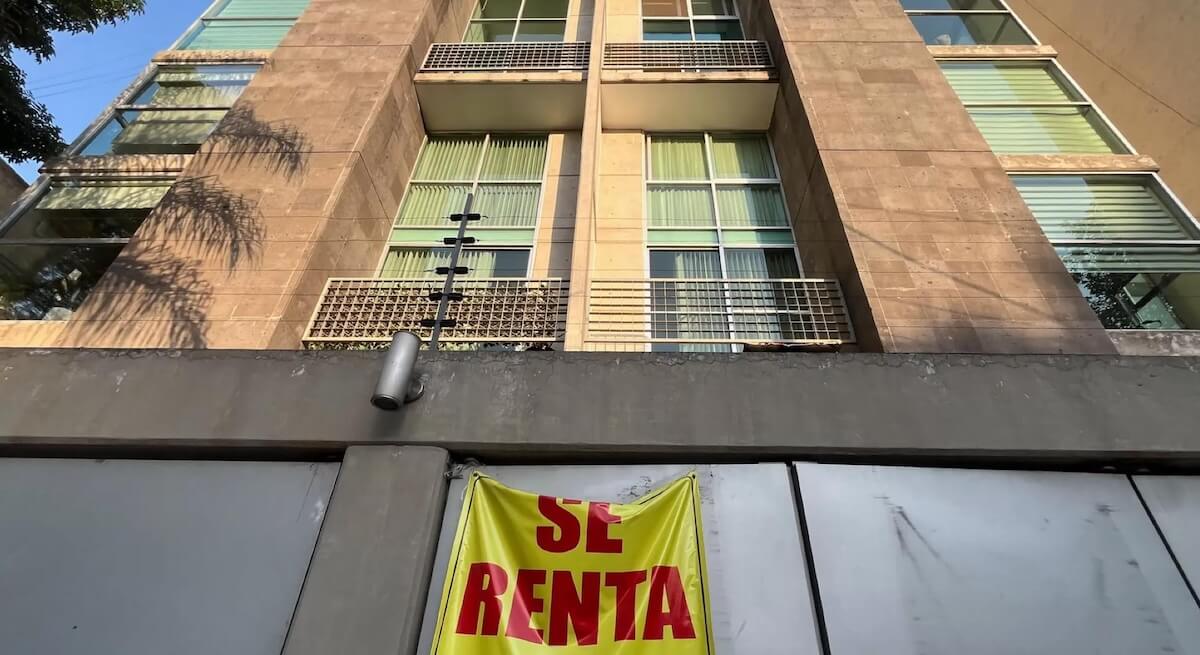
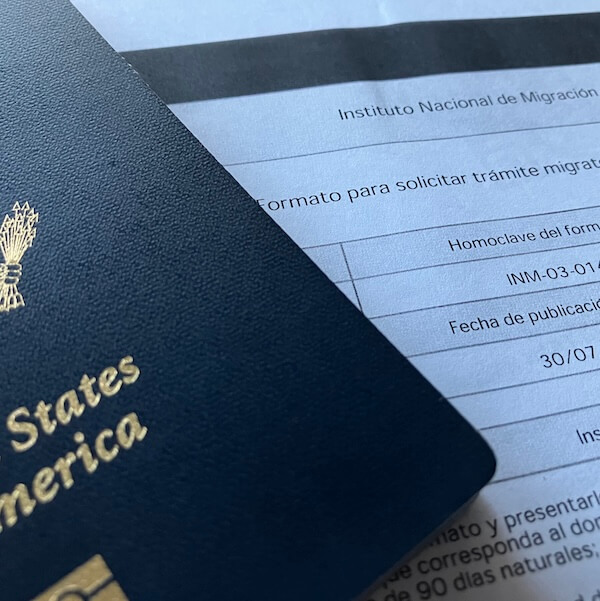

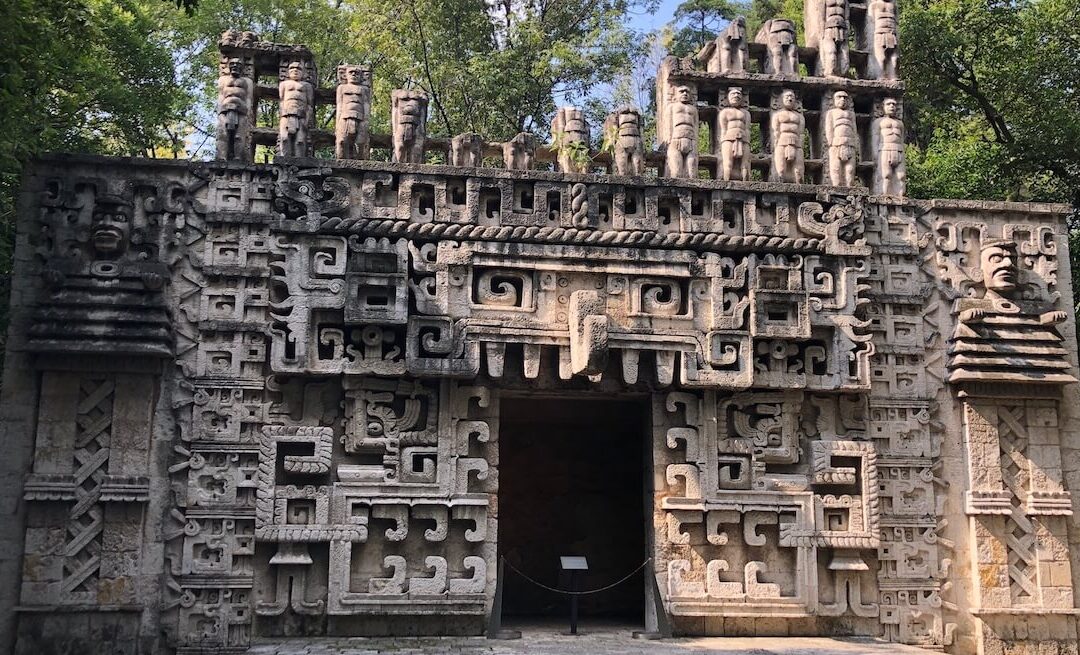

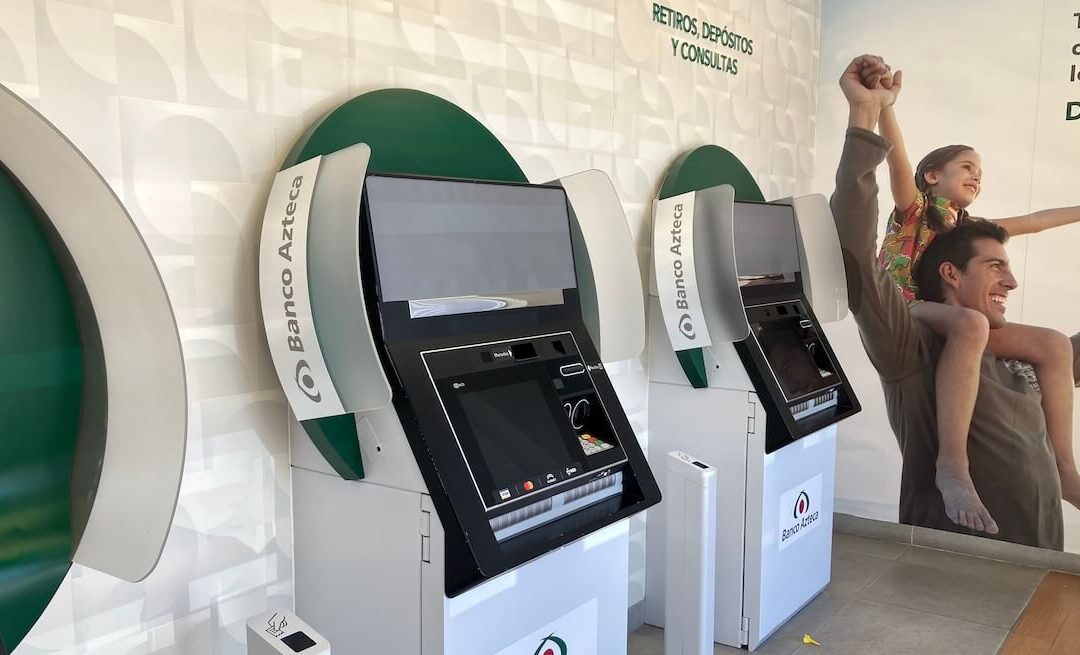
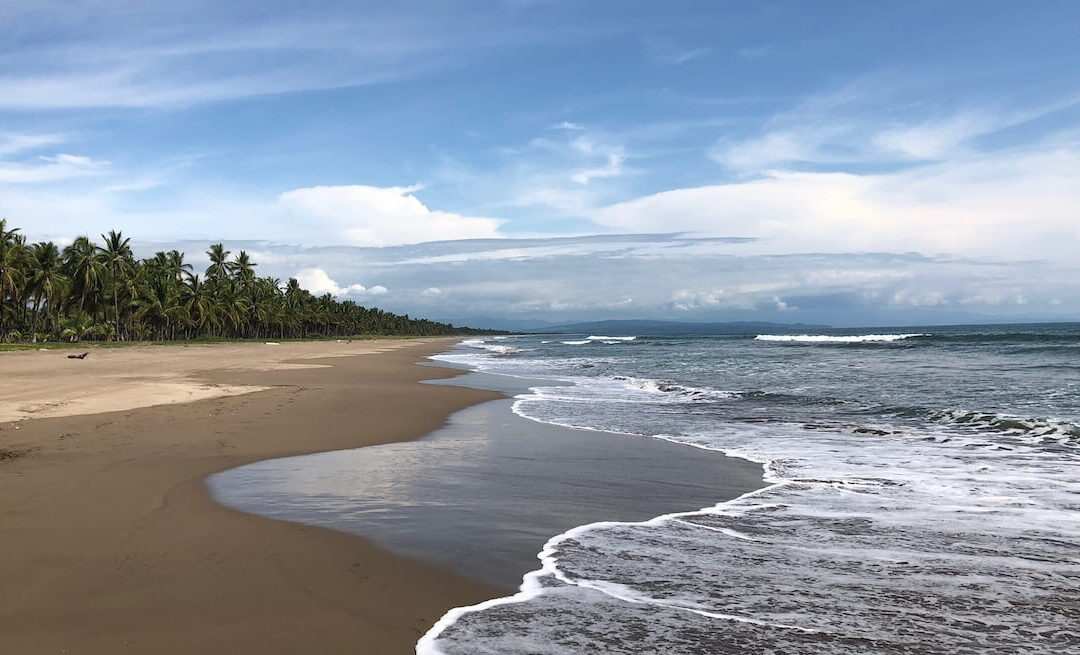
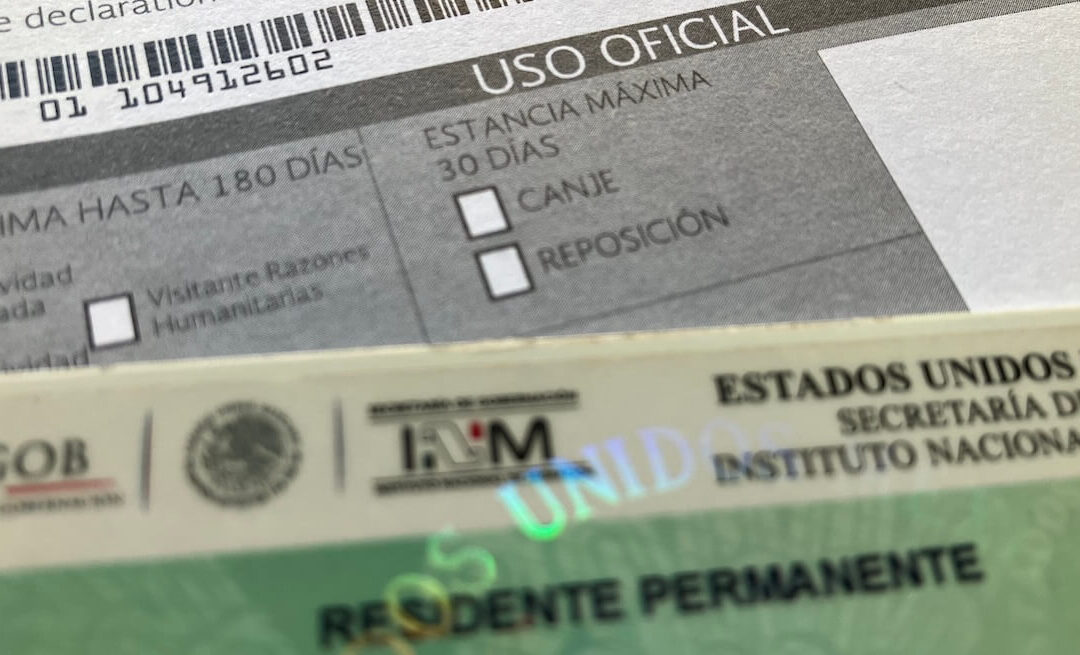
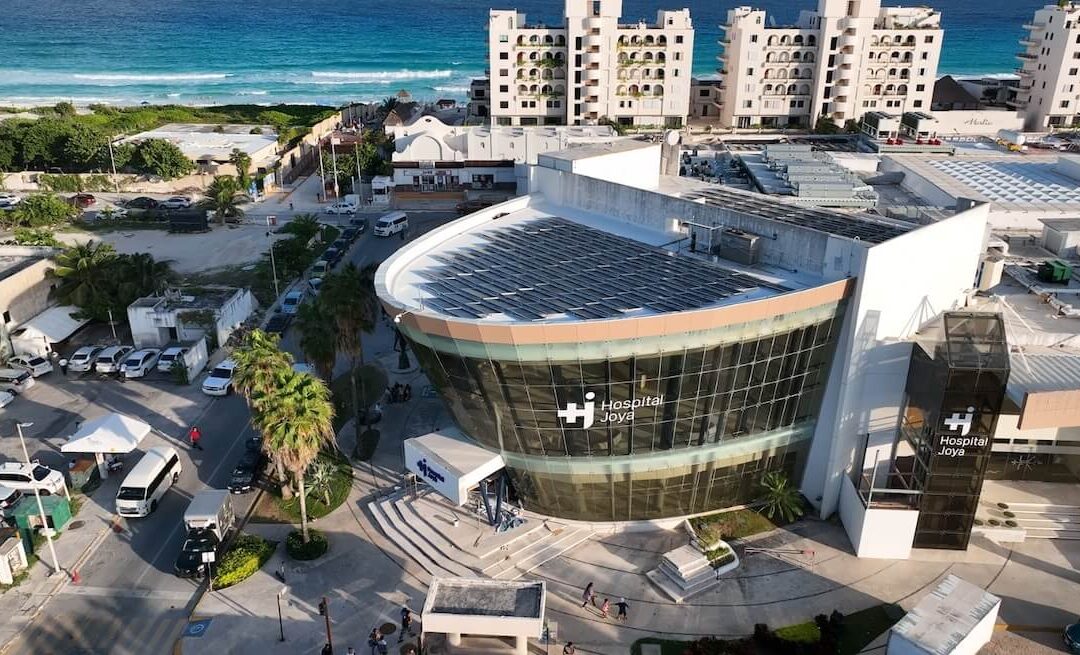
0 Comments